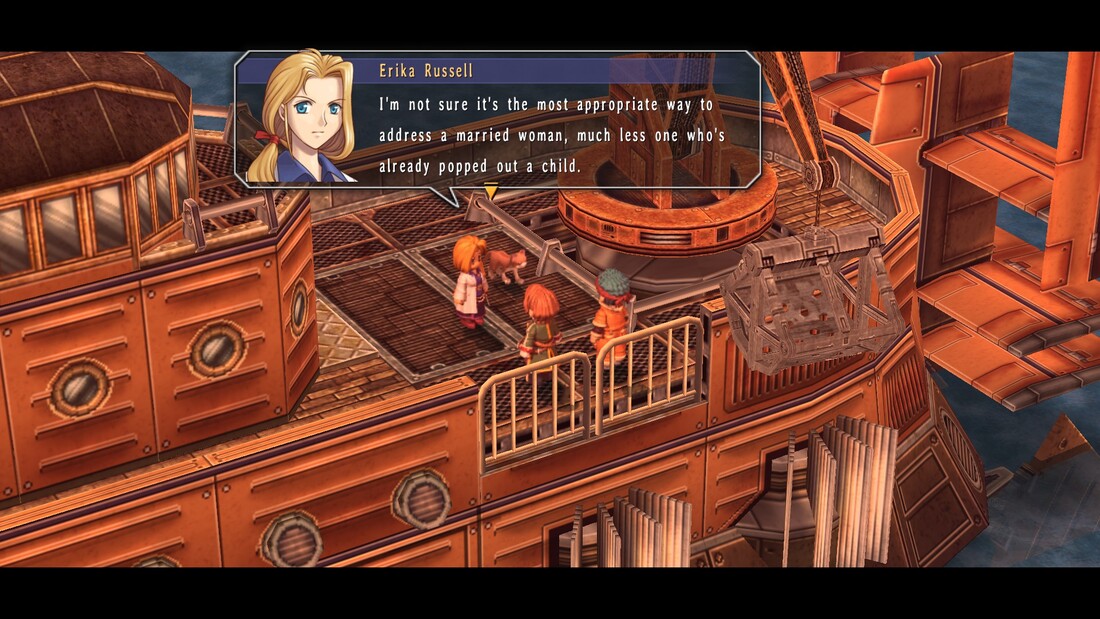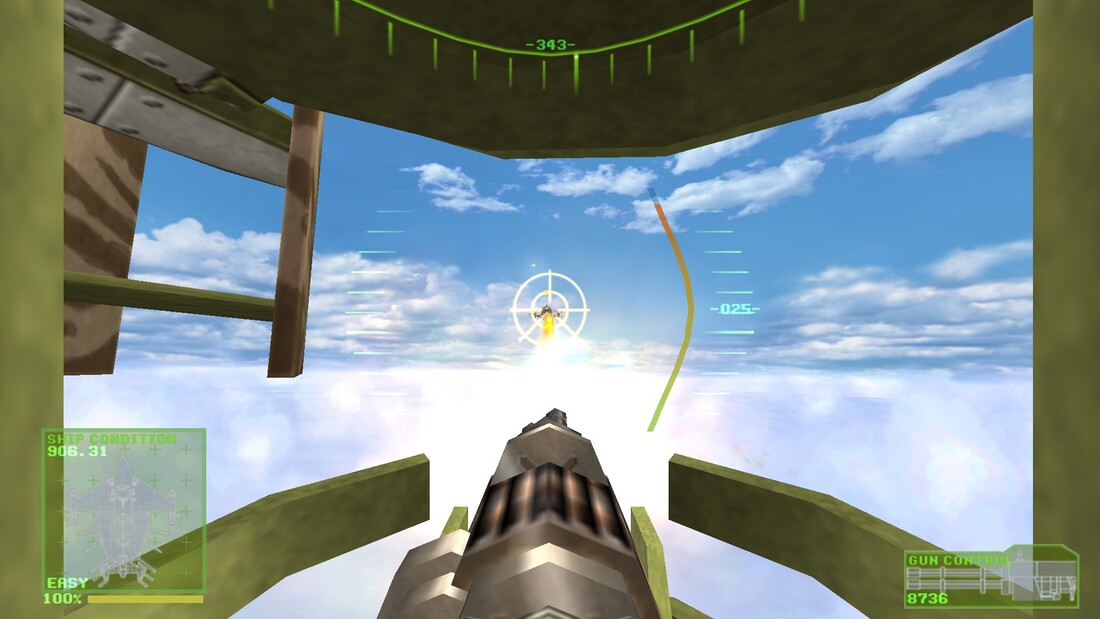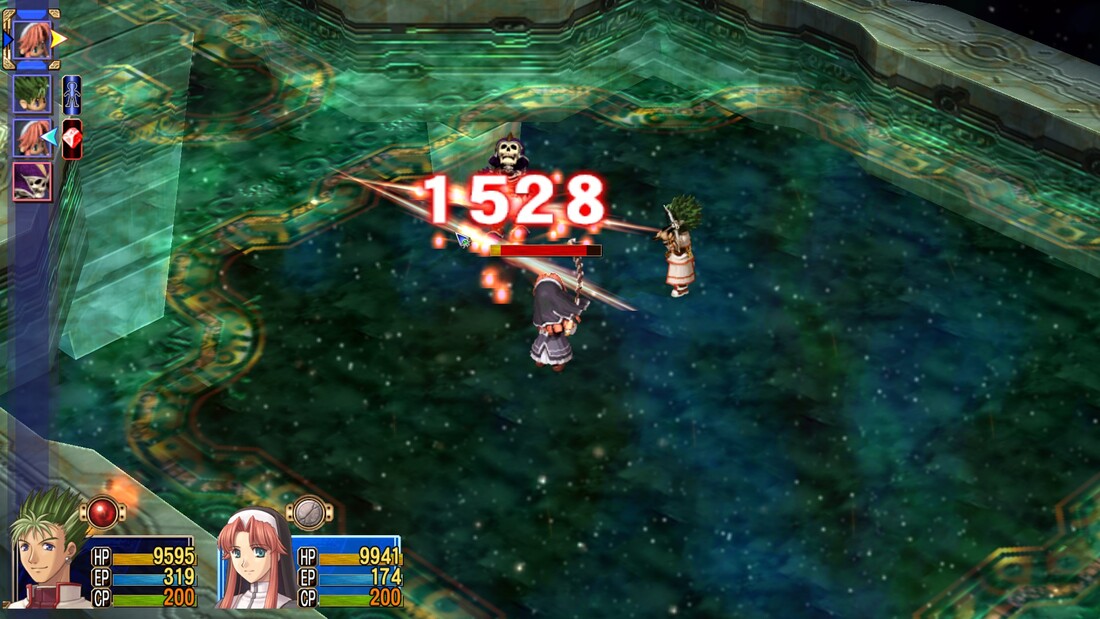Re: Games Beaten 2021
Posted: Sun Mar 07, 2021 5:50 pm
Previous Years: 2015 2016 2017 2018 2019 2020
1. EYE: Divine Cybermancy - PC
2. Legend of Grimrock - PC
3. Legend of Grimrock 2 - PC
4. Shovel Knight - Wii U
5. Yakuza: Like a Dragon - PS4
6. Yoshi's Island - SNES
7. Vectorman 2 - Genesis
8. Super Mario Sunshine - GC
9. The Legend of Zelda: Ocarina of Time Master Quest - GC
10. Bomberman '93 - TG-16
11. Cannon Fodder - PC
12. Panzer Dragoon II Zwei - Saturn
13. Dragonborne - Game Boy
14. Rock n' Roll Racing - PC
15. The Lost Vikings - PC
16. Blackthorne - PC
17. Contra III: The Alien Wars - SNES
18. Bravely Default II - Switch
Bravely Default II is a Final Fantasy-style sequel to the original; while there are no story connections there are a bunch of mechanical and thematic connections. Given that the series is a love letter to Final Fantasy V this seems quite appropriate. It will be immediately familiar to anyone who's played the previous games, but there are enough changes that you will be experiencing a fresh game.
The story is your standard "we must stop an all consuming evil with the power of four crystals" plot, and it even takes specific beats from Final Fantasy V (your party members each gain the power of a single crystal, and it even matches up the character types with each crystal). What makes the story engaging is all the small character details in both the main narrative and all the side content (quests and party chat). Each of your characters, as well as most named NPCs, are fully realized and multi-faceted. That's what will keep you going when you can probably call out the main plotline beats as they happen.
On the gameplay side it continues using the job system of the previous games, where you have a primary job which sets stats and weapon proficiencies and a secondary job that lets you dip into that job's moveset in addition to your primary's. And you once again have a series of unlockable passives that you can use to further customize your party. The jobs have been rebalanced, so while you have all the familiar types they have shifted around some specific abilities and rebalanced them so you have to work a little harder to break the game over your knee. But you can still break the game over your knee as you get further on and start getting into deeper synergies.
The main change comes in the combat. While the previous games were straight turn based with turns executing based on your speed, now we have an ATB system in wait mode. So your turn comes up based on your speed, at which point time stops until you decide on a command. This means that slower characters will get fewer turns over time than faster characters. The game speeds things up compared to traditional ATB by having the game fast forward the bar filling in between turns. You still have the trademark system of being able to store up turns and then unleash multiple moves at a time, and knowing when to push your luck is essential. Bosses now have an extensive system of counterattacks triggered off of various things you do (at a percentage chance). A boss might counter you healing by trying to silence the healer, while countering magic damage with a physical attack. At the start of a fight the boss might not have any counters enabled, but as things drag on they start to respond to more and more of what you're doing, requiring you to adjust your tactics on the fly and potentially use jobs you wouldn't have otherwise. For most of the game you can't just coast on a handful of jobs you like.
The game also includes a minigame which is essentially Othello as a card battler. The basic mechanic of flipping enemy squares if you sandwich a line between two of your pieces is there, so controlling corners and edges is vital. But the card battler comes in because the pieces you play aren't just the key piece, but also additional squares can either place or erase enemy squares. And on top of that many cards have secondary effects that further affect the game. It's initially used to get an optional job, and then if you complete your card collection you do get an accessory reward, though the reward is not super necessary by that point in the game. Still, it's quite fun.
Overall Bravely Default II is a strong sequel that gives you all the good points of the original while updating the systems for a bit more balance and to keep the player on their toes. I highly recommend it for all JRPG fans.
1. EYE: Divine Cybermancy - PC
2. Legend of Grimrock - PC
3. Legend of Grimrock 2 - PC
4. Shovel Knight - Wii U
5. Yakuza: Like a Dragon - PS4
6. Yoshi's Island - SNES
7. Vectorman 2 - Genesis
8. Super Mario Sunshine - GC
9. The Legend of Zelda: Ocarina of Time Master Quest - GC
10. Bomberman '93 - TG-16
11. Cannon Fodder - PC
12. Panzer Dragoon II Zwei - Saturn
13. Dragonborne - Game Boy
14. Rock n' Roll Racing - PC
15. The Lost Vikings - PC
16. Blackthorne - PC
17. Contra III: The Alien Wars - SNES
18. Bravely Default II - Switch
Bravely Default II is a Final Fantasy-style sequel to the original; while there are no story connections there are a bunch of mechanical and thematic connections. Given that the series is a love letter to Final Fantasy V this seems quite appropriate. It will be immediately familiar to anyone who's played the previous games, but there are enough changes that you will be experiencing a fresh game.
The story is your standard "we must stop an all consuming evil with the power of four crystals" plot, and it even takes specific beats from Final Fantasy V (your party members each gain the power of a single crystal, and it even matches up the character types with each crystal). What makes the story engaging is all the small character details in both the main narrative and all the side content (quests and party chat). Each of your characters, as well as most named NPCs, are fully realized and multi-faceted. That's what will keep you going when you can probably call out the main plotline beats as they happen.
On the gameplay side it continues using the job system of the previous games, where you have a primary job which sets stats and weapon proficiencies and a secondary job that lets you dip into that job's moveset in addition to your primary's. And you once again have a series of unlockable passives that you can use to further customize your party. The jobs have been rebalanced, so while you have all the familiar types they have shifted around some specific abilities and rebalanced them so you have to work a little harder to break the game over your knee. But you can still break the game over your knee as you get further on and start getting into deeper synergies.
The main change comes in the combat. While the previous games were straight turn based with turns executing based on your speed, now we have an ATB system in wait mode. So your turn comes up based on your speed, at which point time stops until you decide on a command. This means that slower characters will get fewer turns over time than faster characters. The game speeds things up compared to traditional ATB by having the game fast forward the bar filling in between turns. You still have the trademark system of being able to store up turns and then unleash multiple moves at a time, and knowing when to push your luck is essential. Bosses now have an extensive system of counterattacks triggered off of various things you do (at a percentage chance). A boss might counter you healing by trying to silence the healer, while countering magic damage with a physical attack. At the start of a fight the boss might not have any counters enabled, but as things drag on they start to respond to more and more of what you're doing, requiring you to adjust your tactics on the fly and potentially use jobs you wouldn't have otherwise. For most of the game you can't just coast on a handful of jobs you like.
The game also includes a minigame which is essentially Othello as a card battler. The basic mechanic of flipping enemy squares if you sandwich a line between two of your pieces is there, so controlling corners and edges is vital. But the card battler comes in because the pieces you play aren't just the key piece, but also additional squares can either place or erase enemy squares. And on top of that many cards have secondary effects that further affect the game. It's initially used to get an optional job, and then if you complete your card collection you do get an accessory reward, though the reward is not super necessary by that point in the game. Still, it's quite fun.
Overall Bravely Default II is a strong sequel that gives you all the good points of the original while updating the systems for a bit more balance and to keep the player on their toes. I highly recommend it for all JRPG fans.





